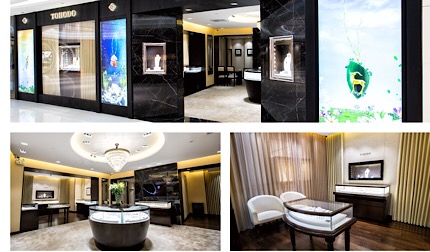The starting point of my creative work
I believe that everyone has their own treasures in their hearts, such as memorable landscapes and moving scenes that remain burned into my eyelids that cannot be forgotten. The tree-lined streets of Harbin, the ones I used to pass in secondary school, and the surrounding forests hold the deepest memories for me. Images of the beautiful natural grooves on trees folded on top of each other, each one with a different expression, still haunts my mind and expands my creative world. This is just one example, but looking back on my life as a craftsman, it is my greatest happiness to be able to create pieces based on things that I find beautiful and that move me emotionally.
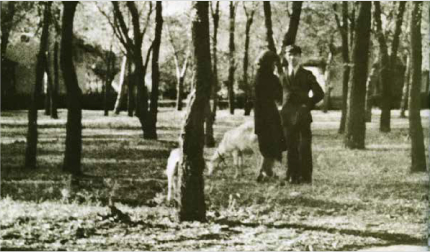
'What inspired you to pursue a career in manufacturing?' From time to time, I was asked this question. It all started when I enrolled in the metal engraving department of the Tokyo Fine Arts School (now Tokyo University of Arts). Since childhood I loved drawing and painting, and although I had the desire to study at an art school, I had no special attachment to metal engraving itself. I chose the engraving department only because it had fewer students than other departments and I was attracted by the environment in which I could receive the almost one-to-one instruction. At the time when I was enrolled in the department of engraving, food, clothing and shelter were scarce and the world was culturally very poor. It was in this context that I became fascinated by the art of metal engraving. I sought the continuity of the technique of metal engraving in the field of jewellery, and began to dream and challenge myself in this unknown world.
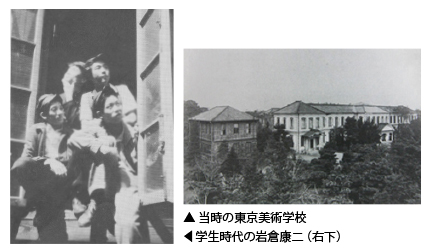
What it means to continue to create work with consistency
The National Museum of Modern Art opened in 1952 as Japan's first national art museum, with a new wing completed in 1969 in the corner of Kitanomaru Park in Chiyoda-ku. It was the first to bring the 'art collection by art museum' style to Japanese art museum management, which until then had mainly been conducted through special exhibitions and other borrowed exhibitions. In 1980, two of my works were purchased by the State as the first jewellery pieces in Japan. It was a great pleasure for me, but also a pleasure to be able to contribute in some small way to the improvement of the status of jewellery designers. I also participated in the 'Jewellery Today, Objects of Transformation' exhibition in 2006, and the National Museum of Modern Art is a great supporter of me.
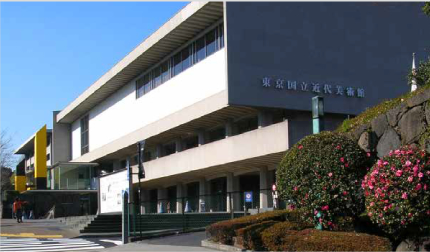
One of the people I got to know well was the fashion critic and journalist Junko Ouchi (image from an interview in 1986). When I looked at her work, I was encouraged by her words: "When I look at your work, there are various multifaceted expressions, but I feel that there is something consistent about you, as a teacher.” "Even if you hide your name, you have a style and it's clearly visible. In France, the creator is the one who creates taste that can only be created by that person. A creator who shows us different expressions and surprises us with big surprises is highly valued." At the time, jewellery designers were not so recognised, but these were the words of Mr Ouchi, who foresaw that the age of the creator would soon come.

What you really like and what you find beautiful
In 1994, the Art Jewellery exhibition was organised by four artists with a strong artistic flair. The exhibition was a catalyst for the establishment of a new field of jewellery with a strong artistic quality in a jewellery market that was still in a rut. One of the four artists who exhibited was Berned Moonsteiner, who created unique gemstone design cuts in Eder-Oberstein, Germany. He says that his unprecedented creation of cuts on the back of gemstones was sometimes described as wicked or crazy. However, I felt a strong sense of empathy with Mr Moonsteiner's creative attitude, as he earnestly pursued what he really liked and what he felt was beautiful. Even now, I still feel that it is essential for people who pursue beauty to be somewhat unusual, in a good sense of the word, and to have ideas that no one else has come up with.
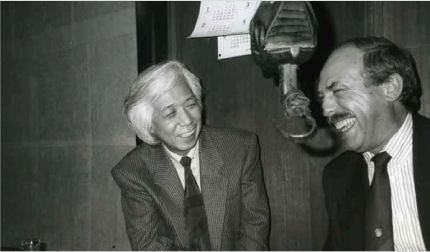
For a very long time I have worked late at night and in the morning. Jewellery design is a lonely job. It is lonely, but it is not painful. Because when everyone is dreaming, I am giving shape to their dreams. For me, my dream is to create something important: jewellery. When I move my hands, like the fission of an atom, things come to me one after another, and I want to try them immediately. When I rest my hand, I look out of the window and see the quiet morning dawning. The beautiful Japanese seasons, memorable journeys and nostalgic Japanese songs come to mind again.
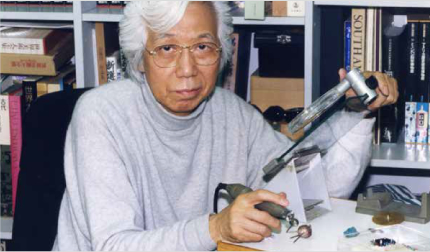
What it means to continue to create work with consistency
To my delight, the Koji Iwakura Jewellery Show was held in Dalian, China, in October 2012. Harbin, China, where I lived as a child and boy, is the starting point for my creations, so I am very happy to be able to show my work to the people of China. On the day of the exhibition, many people gazed with sighs at my work, which was worn by many models. After all, jewellery is something that fascinates people across countries. Even though people's ideologies and lifestyles may differ, the search for happiness in life is the same in every country and ethnic group. When I saw the glowing smiles on the faces of people watching the show, I felt truly happy that I have continued to create jewellery that I believe in. I sincerely hope that my creations will continue to be of use to everyone's happiness, regardless of country, ideology or generation.
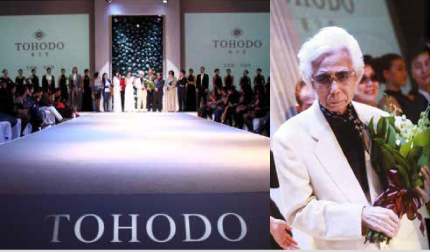
In October 2016, an exhibition of works by Koji Iwakura was held in Qingdao, Shandong Province, China. The venue was the High Sense Plaza (Haixin Plaza), an ultra-luxury department stores' with top brands from around the world. The works were exhibited for 15 days using the shop and event space of TOHODO, which has a shop in the same department stores.
